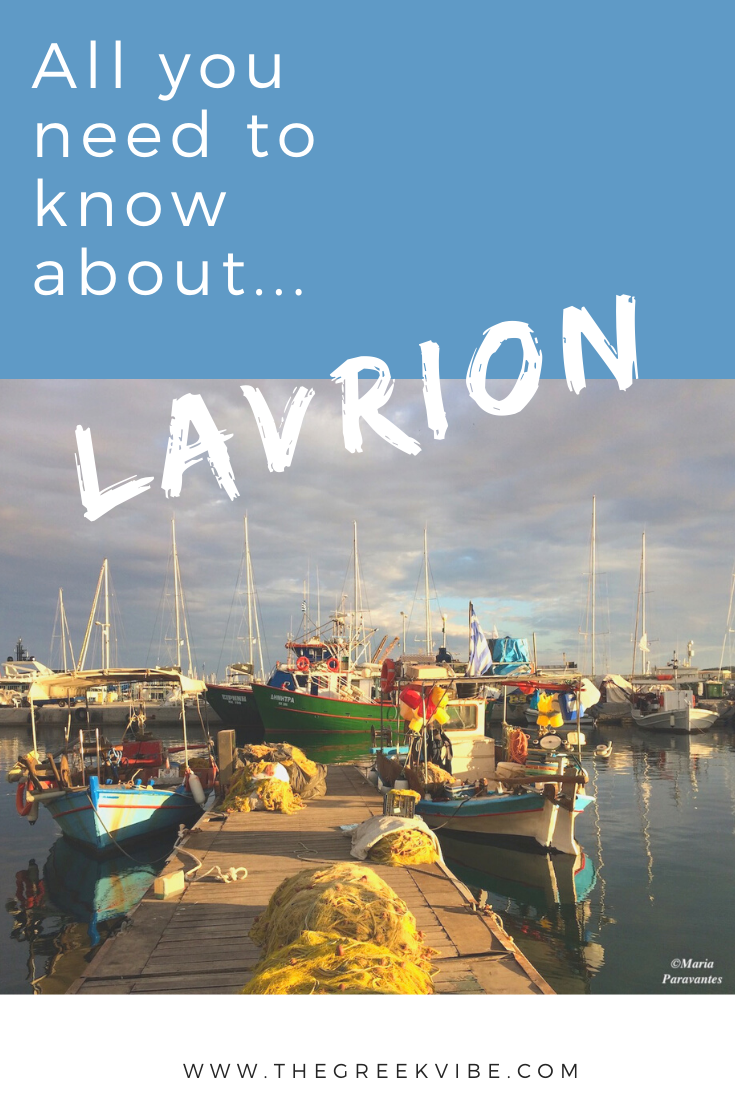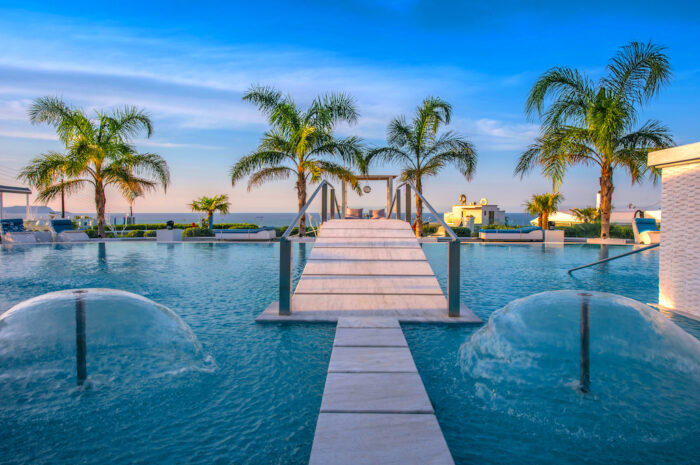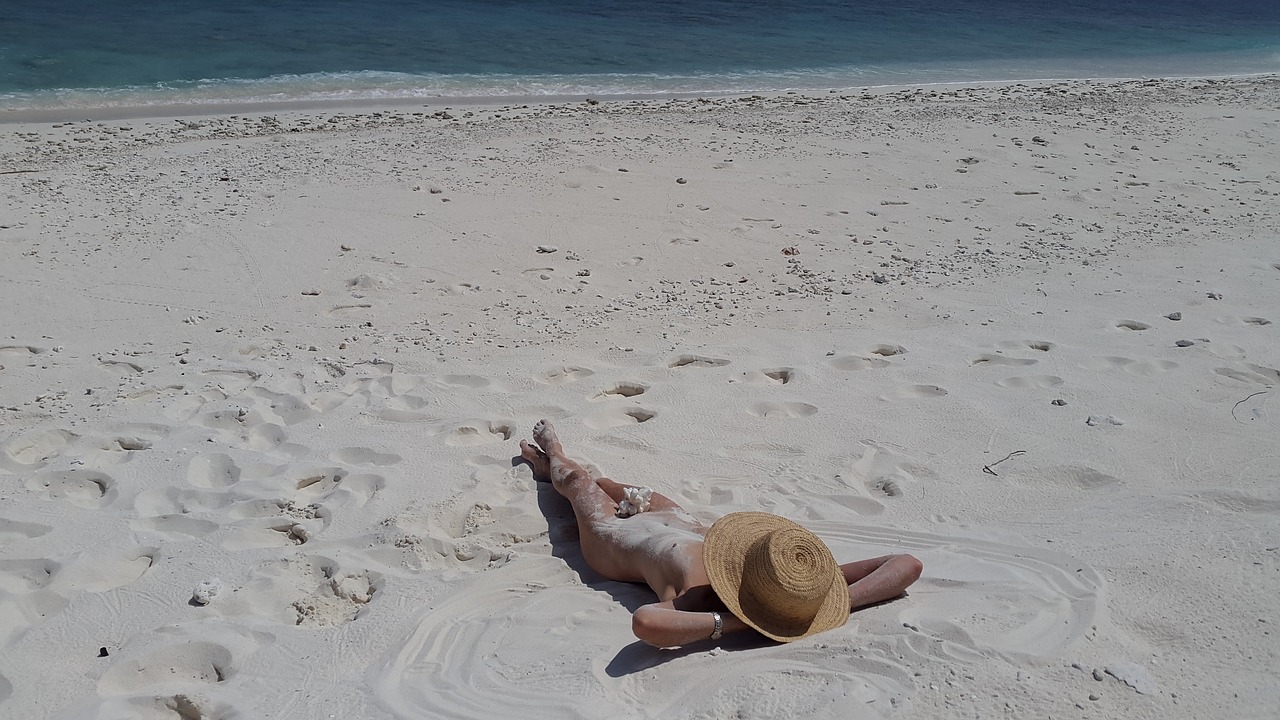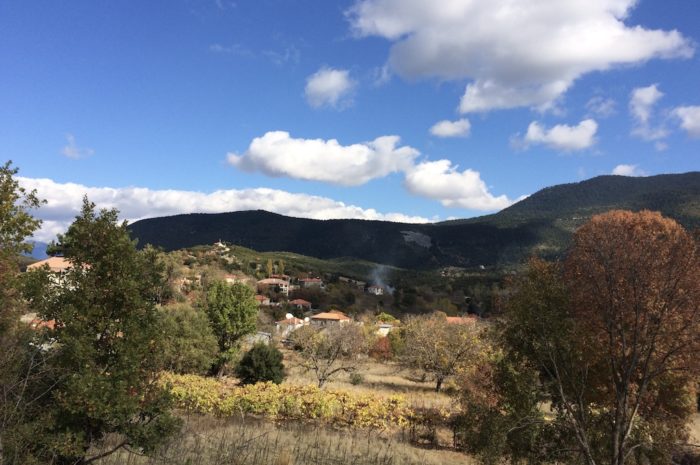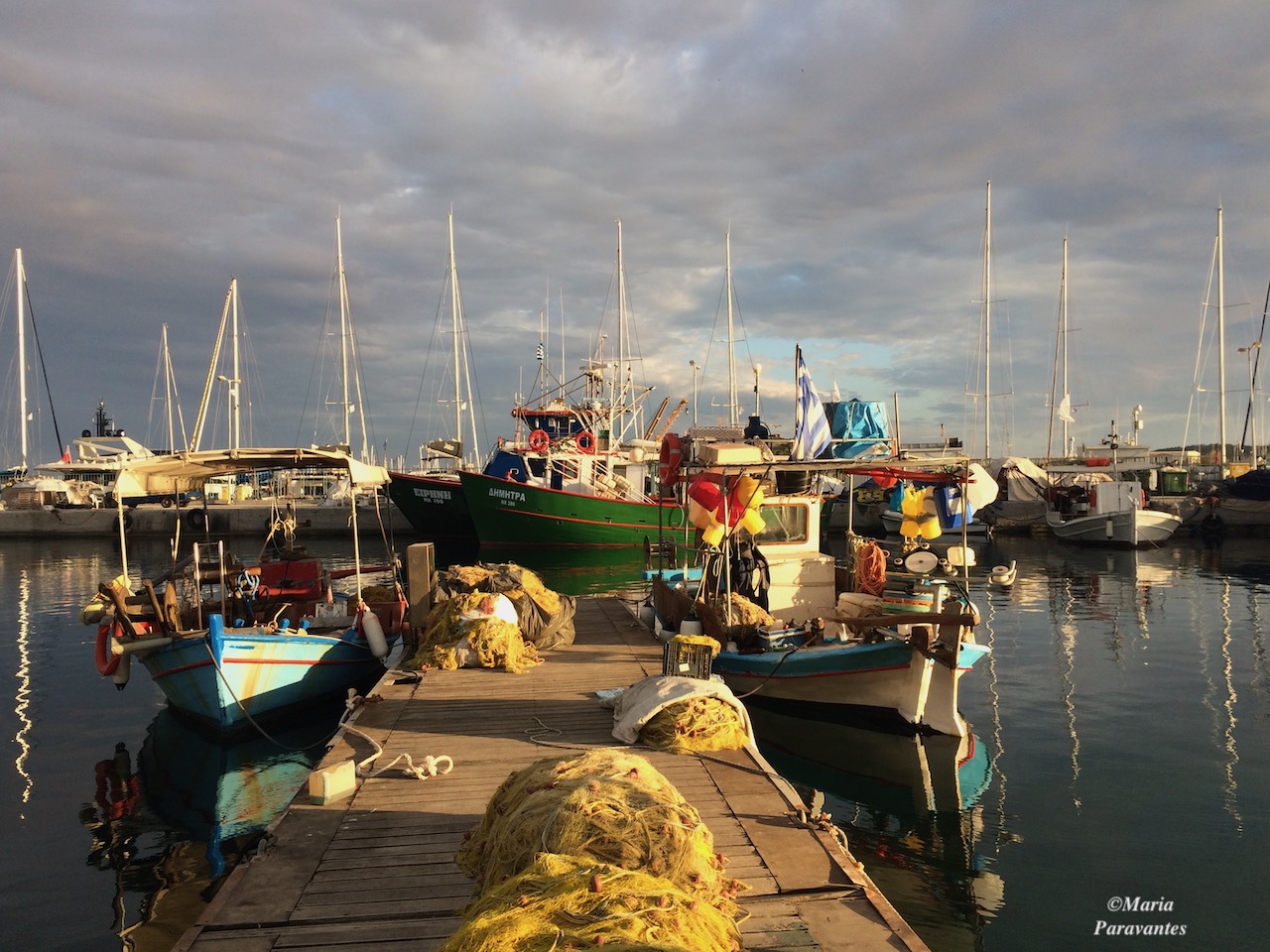
It was in Lavrion that first light bulb lit, the first telephone also rang here, the first workers’ unions were formed here, and the first trade on the Athens Stock Exchange happened here. Some 60km southeast of Athens, the town of Lavrion not only boasts a remarkable history, but also rewards the visitor with a transcendent ambiance that is really hard to find elsewhere. In this post I share with you all the things you could (and should) see and do in Lavrion, a perfect day trip from Athens.
Situated on a small bay opposite the island of Makronissos, which was once a place of exile for political prisoners in the darker days of Greek history, today Lavrion is the seat of the Lavreotiki Municipality and serves as a gateway to some of the Cyclades islands and to Turkey via its port.
If you ask locals or visitors what it is that attracts them to Lavrion, you’ll probably get a blank stare and then something alluding to its mystical aura.
The fact is, Lavrion’s history is chock full of riches and poverty, ups and downs, prosperity and demise. Perhaps Lavrion’s aura has to do with this past glory. It’s as if you can still see, hear and feel all the hustle and bustle of the once booming mining town around you.
Lavrion is said to have gotten its name from the word “lavra”, which means maze-like or narrow shafts similar to the town’s mining galleries. In the 19th century, Lavrion was home to one of the largest silver mines in Europe, and is considered one of the oldest in the world dating back to antiquity.
It is believed that you can still find traces of minerals on the beaches of Lavrion, particularly in the winter months when the harsh winds and rough seas deposit crystals along the shores.
►Best Way to Recharge: Sailing and Yachting in Greece
Getting to Lavrion
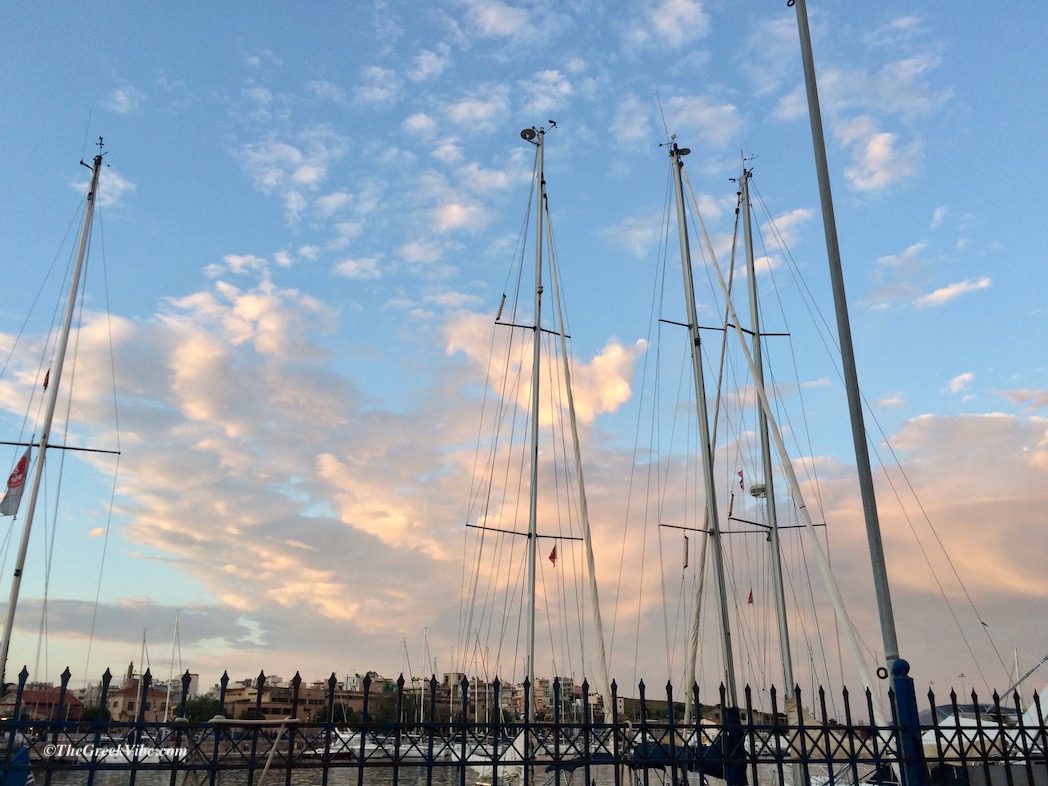
The coastal drive to Lavrion via Cape Sounion is perhaps one of the most picturesque in Attica. I suggest you rent a car and do it at your own pace. The deep blue sea on the one side with its crocheted coastline of tiny bays and the refreshing green of the once lush pine tree forests on the other, make this day trip worthwhile.
| Tip
🚗 For comfort, ease and convenience, book a private taxi from Athens to Lavrio in advance
The road snakes through little-known villages that remind the visitor of what made Greece a prime destination in the 1960s and 1970s. Once you arrive in Lavrion, your first impression may be one of disappointment. A harbor, dockyards and derelict loading facilities emerge and there really is little at first sight that might attract visitors.
But once you approach the port, the town mysteriously draws you in. The lively marina, the bobbing sailboats, the tranquil bay, and the silent smokestacks of the now abandoned mines against the hilly background are very much like an imposing stage set… lights, cameras, action… Ladies and Gentlemen, welcome to Lavrion!
Lavrion: A History-filled Greek Port Town
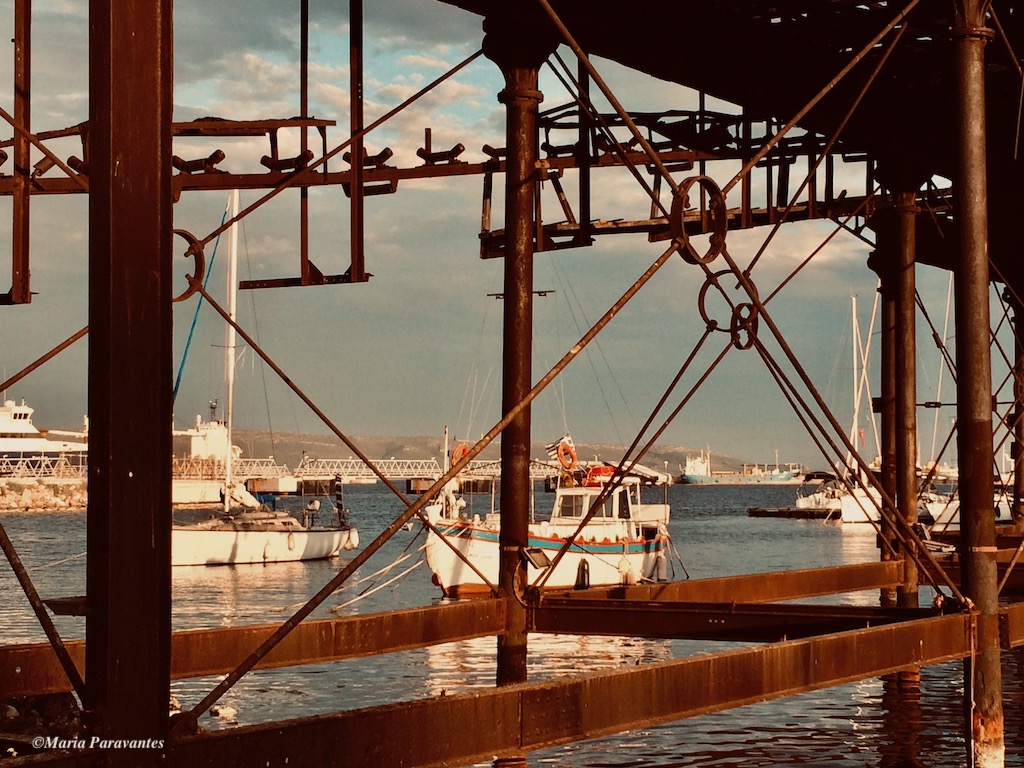
Known as Thorikos in antiquity, the Lavrion region was renowned for its silver. So much so that historic references speak of “silver flowing like spring water”. It was thanks to the considerable silver production that Golden Era Athens could fund everything from its glorious art and architecture to the powerful fleet that defeated the Persians.
There are references in ancient texts by Herodotus, Strabo, Pausanias and Thoukidies, according to which underground excavations for silver began around 3000 BC. The ancient washeries can still be seen today in the area of Thorikos.
At the end of the Classical Era, the exhausted mines fell into disuse. It was not until 1863 that silver took center stage once again thanks to a pair of shrewd engineers who decided to make sure the ore hadn’t been depleted after all.
►Saving Greece’s Handmade Wooden ‘Kaikia’ Boats
Greek Andreas Kordellas and Italian J.B. Serpieri ‘struck gold’, so to say, and in 1864 “Hilarion Roux et Cie” opened its doors to business exploiting the ancient slags and extracting silver containing lead ores. The company grew full force into the country’s most powerful industry in 1865, with its own ore-washing units, furnaces and railway, employing some 1,200 workers.
Several years later, a dispute between the Greek state and the French over the ownership of the mines led to the creation of two separate companies in 1869, one Greek owned and the other of French interests, creating in the meantime a town that would attract workers from far and wide due to the availability of jobs.
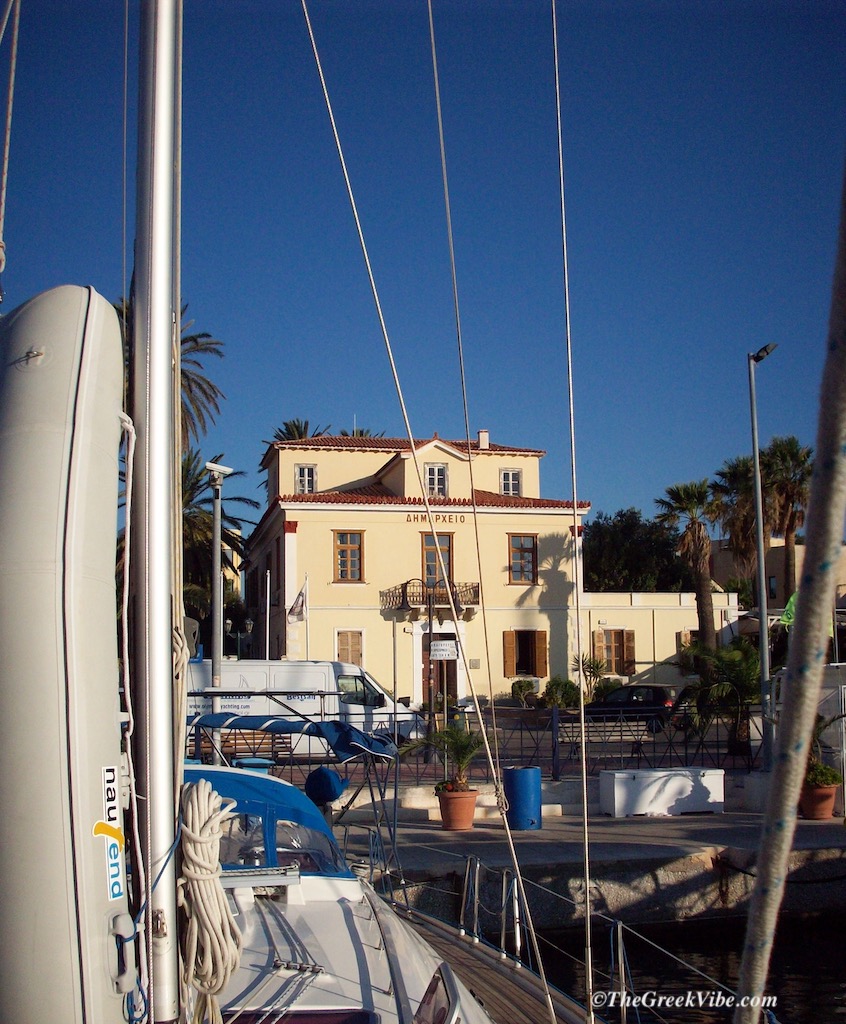
However, with prosperity came the dark side of growth, taking a terrible toll on the environment. The region’s forests were burnt down by arson for the property, swamps and waters became contaminated with waste, and the air polluted. At the same time, a total focus on increasing gains, meant little or no care given to ensure the preservation of the archaeological artifacts hidden beneath Lavrion’s soil.
By 1867, Lavrion was home to 10,000 people, the majority of whom worked in the mines. The companies were responsible for their health, education, entertainment and also funded the construction of hospitals, schools, churches and port facilities.
By the end of the 1920s, the local population dwindled by 50% as demand for lead decreased. This decline was somehow offset by the influx of refugees from Asia Minor after the exchange of populations in 1922. Another blow followed in the 1980s, when the government’s push for the de-industrialization of Attica led to dozens of plants and their units shutting down, which inevitably led to unemployment. The once happy Lavrion residents left seeking jobs elsewhere. The mines ceased operations in the late 1990s.
►All About Nea Ionia: A Must-Visit Neighborhood in Athens
Getting to Know Lavrion: Walk ’n’ learn
It is true that until recently Lavrion was not a pretty place. Not only due to the high unemployment rates and the alarming increase in pollution but also due a government decision to use the town’s old buildings as refugee holding centers for migrants illegally entering the country.
Today, following a great deal of work by local authorities, Lavrion has begun to attract Athenians who wish to leave city life behind them as well as tourists seeking more genuine travel experiences. The population is again on the rise thanks to works aimed at improving the environment and the standard of living.
At the same time, the government has grand plans for Lavrion, which include upgrading the port to cater to cruise ships and to more Greek islands, and linking it to Athens airport and the city center via the suburban railway (proastiakos). Once the proastiakos train is completed, it will take 15 minutes to get from Athens airport to Lavrion, and from there travel to the Aegean islands will be shorter by an hour and 30 minutes compared to departure by ferry from Piraeus.
►10 Ways to Experience the Best of Greece in Athens
What to Do in Lavrion
To get the best out of your visit to Lavrion, I suggest you walk, walk and walk… Set off from the port and head for the agora or central market. The agora, which opened in 1885, is an immersive experience in itself. It is here that tradesmen of the time offered a wide variety of goods and services as ships would dock, load the ore and set sail abroad.
Today, you will find shops selling fresh fish and meat as well as most of the town’s best “ouzeris” serving the finest and freshest fish accompanied by the omnipresent glass of intoxicating Greek ouzo. One look at the patrons (whom you may find singing merrily on any random night) and you’ll realize that Lavrion is where most of the characters you find in books are hiding. It’s no wonder, Cannes-winning director Theo Angelopoulos filmed parts of Ulysses Gaze in Lavrion, as did Tassos Boulmetis for A Touch of Spice (Politiki Kouzina).
►5 Perfect Short Day Trips Out of Athens
A bit further off the agora, you’ll come to the central square, known as Plateia Iroon. The imposing two-story building in front of you is one of the oldest in Neoclassical style. At first, the “I Agglia” Hotel (England), the building later housed the Town Hall for about a century (1894-1987).
Walking along the port, you can’t miss the imposing City Hall building, once the home of the French mining company’s director. Built in 1864, it has since 1987 housed Lavrion’s City Hall. The clock and the smokestacks also date back to the late 1800s as does the “French ladder” on the east side of the port, which served as an iron loading ladder for the transport of the ore to countries in Europe. Near the harbor you can still see the facilities where the railroad cars and furnaces were once repaired. Many of the mining facility buildings erected in the 1800s remain intact and are now used by the City of Lavrion as conference and exhibition halls, cultural centers and concert halls.
A Day Trip in Lavrion
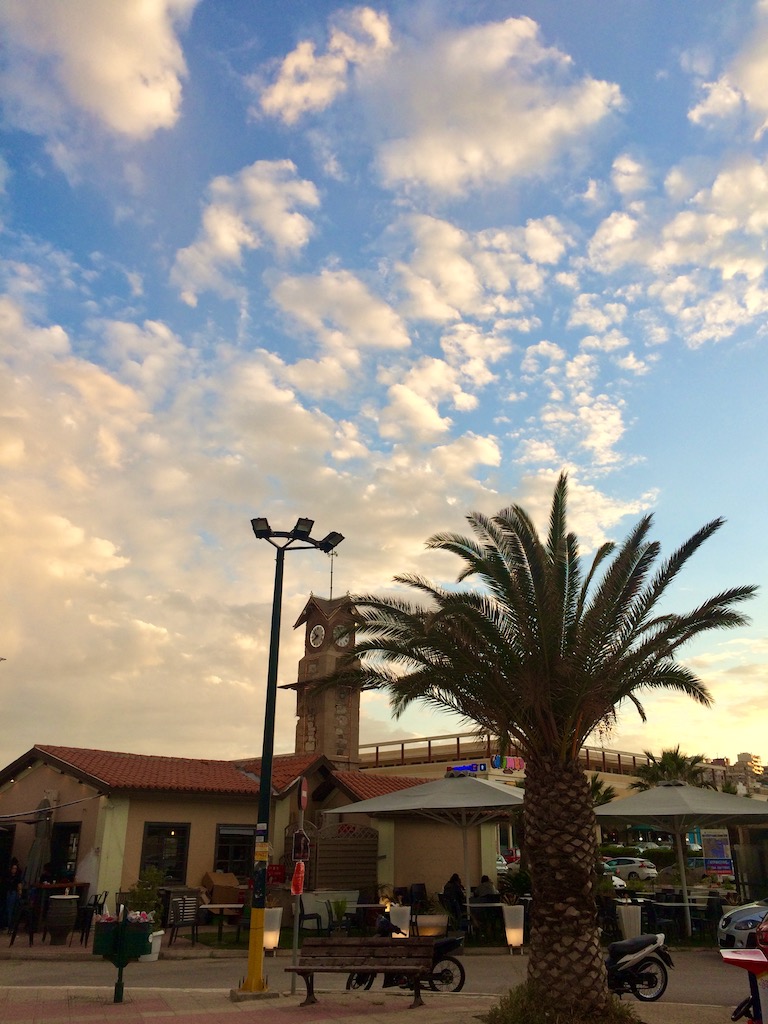
Entering Lavrion, you come across Kyprianos, a settlement established in the 19th century to house the workers at the French company. All the buildings have been preserved, serving as fine samples of 19th century architecture.
While in Lavrion, it’s also worth visiting the Mineral Museum and the Archaeological Museum, dedicated to mining and minerals.
Last but not least, the headquarters of the French company (Compagnie Francaise des Mines du Laurium) now house the Lavrion Technological and Cultural Park. The project was undertaken by National Technical University of Athens (aka Athens Polytechnic) in 1992, and aims through research to record the history and preserve monuments of the area.
The area’s churches are also of interest, including the Catholic church of Agia Varvara, which was built in 1881 by the French company as a place of worship for its Catholic employees. The cathedral, Agia Paraskevi dates back to 1880, as does the temple of Agios Andreas, which was completed in 1910.
On your way to Lavrion, make a stop at Thorikos. Visit the 6th century BC amphitheater built into the side of Velatouri Hill overlooking the sea. Next to the theater you can still see the ore-washing facilities of the ancient mines as well as entrances to the shafts.
Another interesting attraction on your way to Lavrion (take a left turn after the sign to Agios Konstantinos) is a massive 70m deep sinkhole named “Chaos”. Researchers are still unsure as to the cause of the phenomenon but many claim it is due to a meteorite or the collapse of a giant cave.
Finally, for the beach lovers or amateur fishermen, beaches near Lavrion worth visiting include Daskalio, Kaki Thalassa, Vromopoussi and Perdika, or any one of the many scenic coves on your ride from the Cape Sounion.
The Greek Vibe Τips: Visiting Lavrion
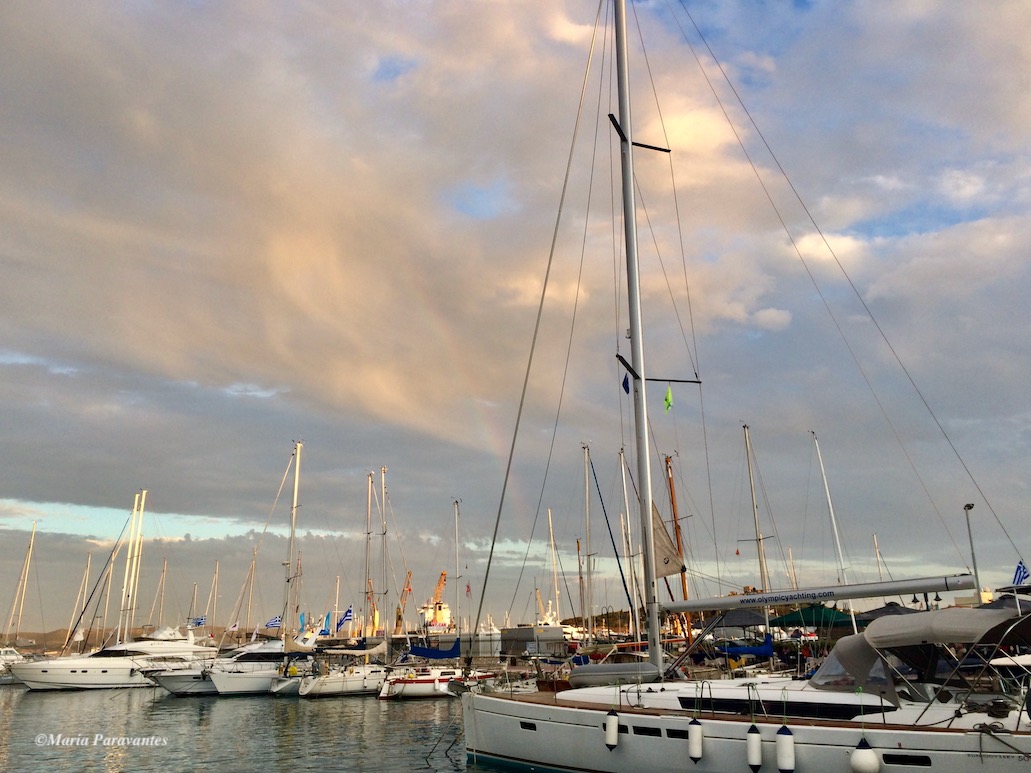
✓ On the road again… You can take the orange bus (Ktel Attikis) from Pedion to Areos Park on Alexandras Ave in central Athens, which departs every half-hour. Tickets are sold there. If you have your own or have rented a car, I strongly recommend going to Lavrion via the coastal road to Sounion more picturesque, or via the Attiki Odos expressway – faster. Both options take about an hour.
✓ Indulge in… fresh fish and ouzo. Make sure to order a “pikilia” (a variety dish) at one of the ouzeris in the agora. The platter usually includes a variety of edible tit-bits that go well with ouzo or raki such as sardines, fried cod and garlic sauce (skordalia), shrimp, calamari, marinated octopus, cheese, tomatoes and cucumber. A must!
► The Meze: Greece’s Famous Snacks
✓ Don’t forget to buy… the catch of the day at the fish market. And on Thursdays you can find fresh fruit, vegetables and other goodies at Lavrion’s fantastic open-air farmer’s market (“laiki agora”) – a foodie’s delight. Also make sure to have ice cream (it’s become a tradition as of late) and walk along the port dreaming of your next Greece adventure.
✓ Truth or dare… On your day trip to Lavrion make sure to visit the Temple of Poseidon at Sounion. You can also visit Tzia (Kea) and Kythnos, an hour by ferryboat or arrange a day cruise on a yacht at one of the many charter companies located in Lavrion.
| Tip
📱 Make sure you stay connected with fast mobile and Internet services: I recommend you get an eSIM on Airalo.
Useful Tools to Plan the Best Trip to Greece
These are some of the trusted partners I use when I travel in Greece and abroad.
- 🏩 Booking.com is my favorite when I want to find the best hotels and affordable accommodation.
- 🛫 I always look for cheapest flights and the best airline ticket + hotel deals on Skyscanner
- ⛴ Most of you visiting Greece will be visiting the islands. Ferryscanner is the easiest way to book your ferry tickets online?
- 🚘 Discover Greece in comfort with a car. DiscoverCars is a great place to compare prices and find the best deal that suits your needs. Plus they offer info on local and international companies
- 💵 In these unstable times and especially during holidays and summer, it’s important to know your rights and to get help or compensation for flight delays & cancellations. The people at AirHelp are experts
- 📞 Don’t pay exorbitant prices for your phone. Instead, stay connected using a local SIM card at affordable prices with Airalo
- 🏛 Go deeper into Greek culture with exciting sightseeing tours & activities with Viator.
- 🤿 Plan fun things to do & exciting adventures in Greece with the experts at GetYourGuide. I use them when I travel abroad.
- 🏕 Want to find the perfect campground in Greece? Campsaround is the ultimate go-to source and my personal favorite
- 🛎 For those of you traveling on a budget or alone why not find a cheap hostel and connect 🍻with travelers like yourself visiting Greece. HostelWorld finds both!
- 🛵 Greece is the perfect place to explore on bike, moped or motorbike, especially if you’re on a budget. Rent your bikes from BikesBooking – they know their stuff.
*The Greek Vibe may receive commissions on purchases made through affiliates and partner links. Clicking affiliate or partner links comes at no additional cost to you but goes a long way in supporting our work.
♫ And I conclude today’s post with a song performed by Greek singer Yovanna with her beautiful velvety voice: “Sto Lavrio Ginete Horos” (“There’s a Ball in Lavrion”) by Academy Award-winning Greek composer Manos Hadjidakis to the lyrics by Nikos Gatsos.
Enjoy!
Enjoy this Post? Share and Pin it!
